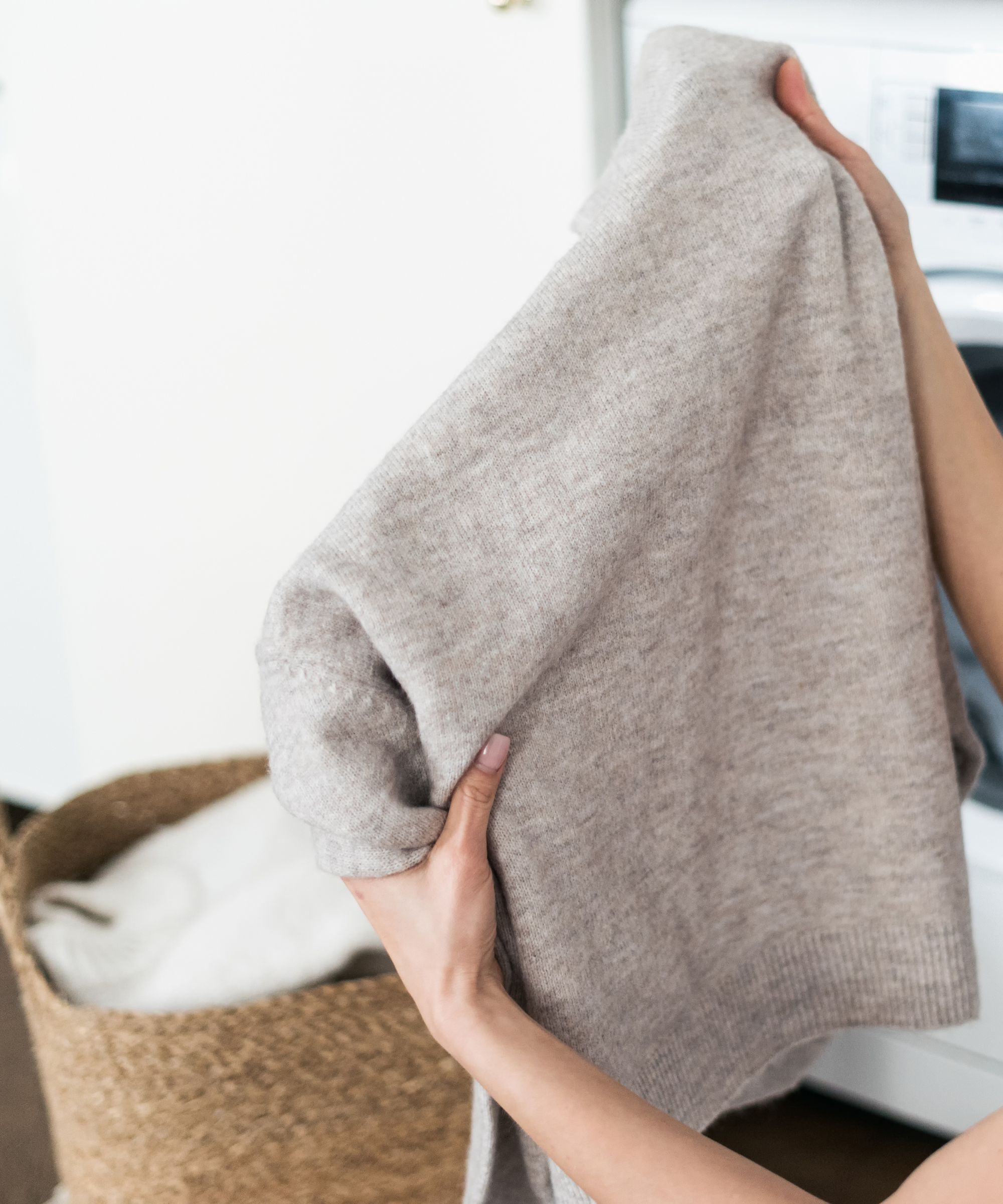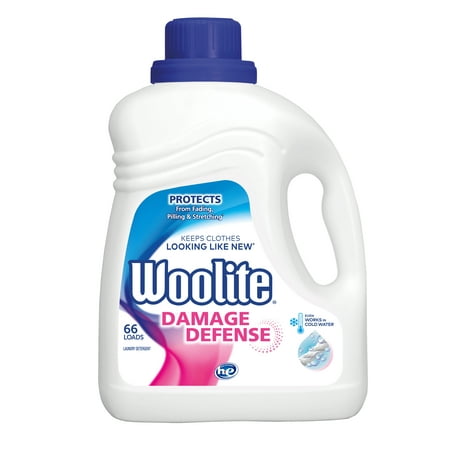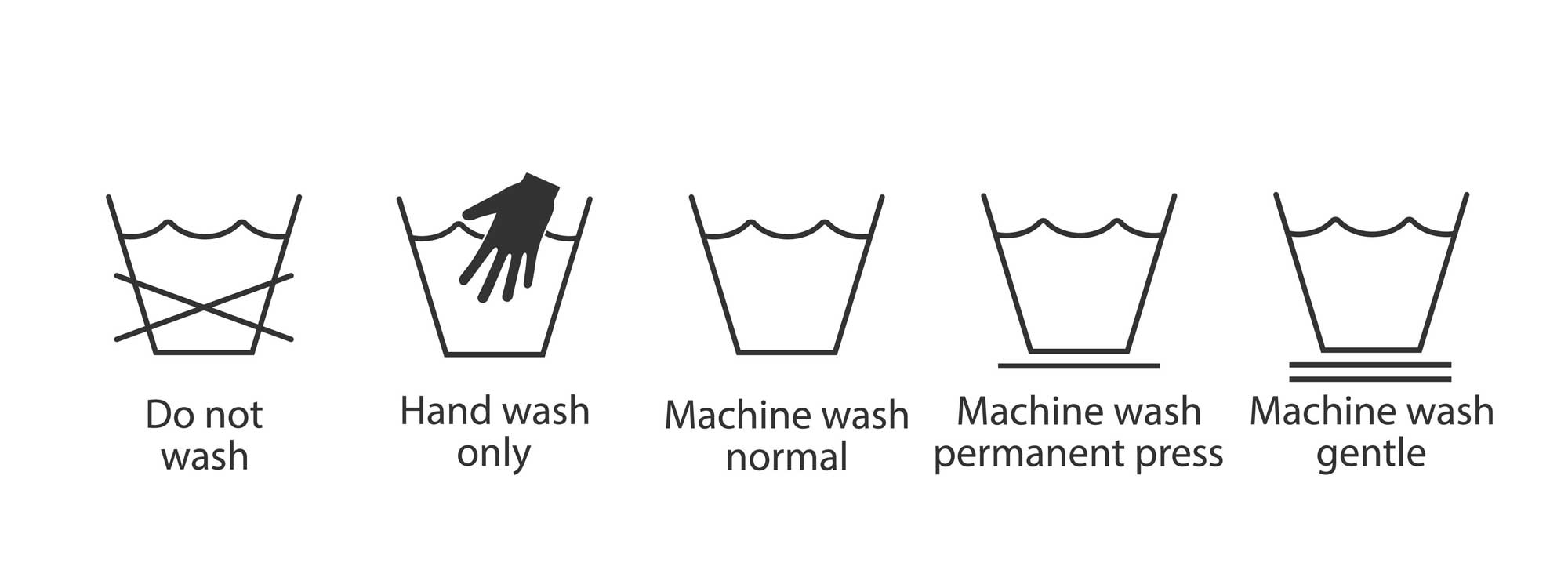
When caring for your clothes and linens, understanding your washing machine’s settings is key – with the delicate setting one of the most underutilized settings on the appliance.
Whether you are washing silk, lace, or wool, this essential setting helps to protect fabrics from excessive wear and tear. But how is it any different to any other setting on the appliance? And why is it so important?
Here, laundry experts explain what the delicate washing machine setting is, how and when to use it, and how it works to help extend the life of your wardrobe and linens.
What is the delicate setting on a washing machine?
Much like the delicate setting on a tumble dryer, the delicate setting on a washing machine is a cycle program designed to limit agitation, slow spin cycles, and minimize heat when doing laundry to help make caring for delicate fabrics such as washing wool and washing silk sheets easier without risking damage.
It might also be called the 'gentle' cycle depending on the make and model of your washing machine.

Salvador Villarreal, dry cleaning pro at VIP Cleaners Delivery, explains further, ‘The delicate cycle on a washer uses a slower, gentler agitation and spin speed for fragile clothes. I recommend it for lingerie, sweaters, and custom garments. It makes a big difference – the normal cycle can stretch, shrink, or tear these items. The delicate option extends their lifespan.’

Woolite delicate laundry detergent is frequently recommended by the laundry experts I work with. It is safe for most delicate materials such as wool and silk, and can be used at all temperatures, even in energy efficient washing machines.
This setting might seem like the perfect safe option for all of your clothing and household linens given that it is designed to protect fibers. However, Vincent Lau, president and CEO of luxury menswear brand Westwood Hart, warns against relying solely on this setting every laundry day.
‘Heavily soiled clothes, thick cotton items, and linens require more aggressive washing methods to achieve proper cleanliness,’ he explains. ‘For these items, a regular wash cycle or even a heavy-duty setting may be more appropriate. Pre-treating stains is also recommended, as the gentle nature of the delicate cycle may not effectively remove stubborn marks.’

Chlorine-free, color-safe laundry spot stain remover is safe to use on your family’s machine-washable t-shirts, sheets, towels, baby clothes, plus furniture upholstery, and soft and hard surfaces in your kitchen and bathroom.
Just because delicate laundry cycles limit the risk of damage doesn't mean you can skip separating your laundry, adds Polya Petrova, a cleaning professional at Fantastic Services. ‘Natural fibres like cotton, wool, or silk often have different washing requirements compared to synthetic fibers like polyester or nylon. Washing them together can lead to damage or shrinkage of the natural fibers or can cause static cling. To avoid damaging your delicate clothes, wash them separately from items with rough textures.’
Polya adds that ‘The care label and laundry symbols are there for a reason – they provide the manufacturer’s recommendations on how to wash, dry, and iron the fabric. Ignoring these instructions can result in shrinking, color fading, or fabric damage, so always check the care label before washing colored clothes.’
When considering whether or not a garment should be washed using a delicate or gentle setting, look out for a washtub basin with two lines beneath it on the care tag.

Using the delicate setting on a washing machine correctly is a simple way to protect your fragile items from damage. While it is not a replacement for hand-washing laundry, it is a convenient alternative for those items that need a little extra gentle care.







